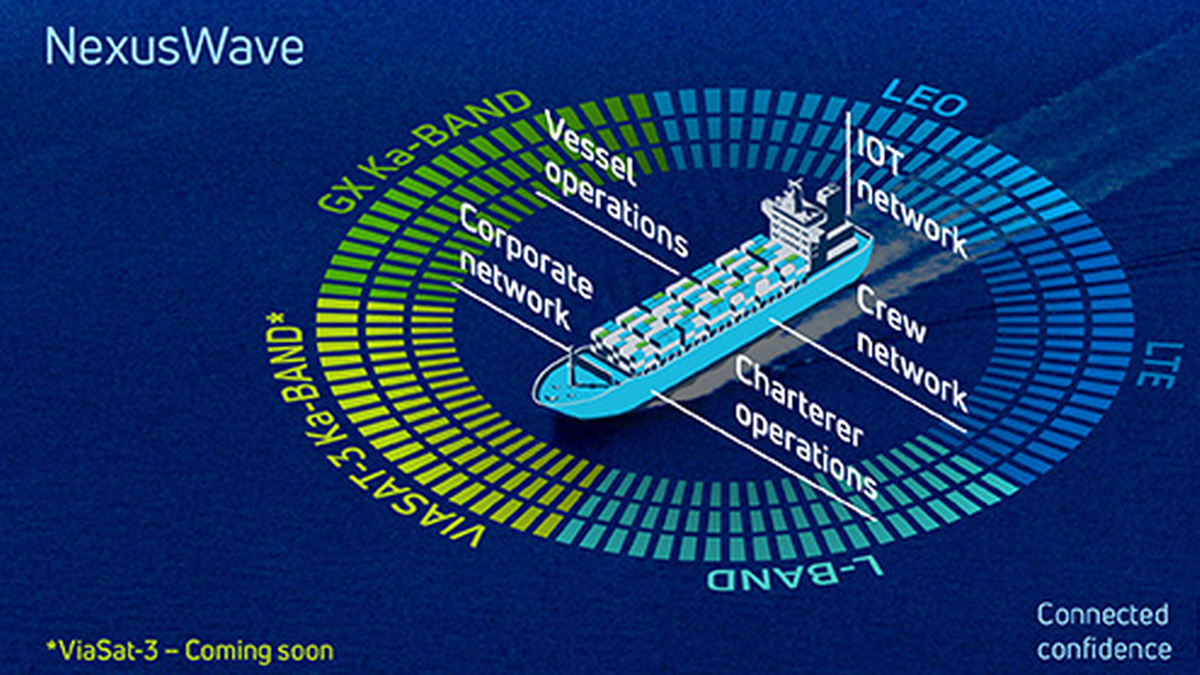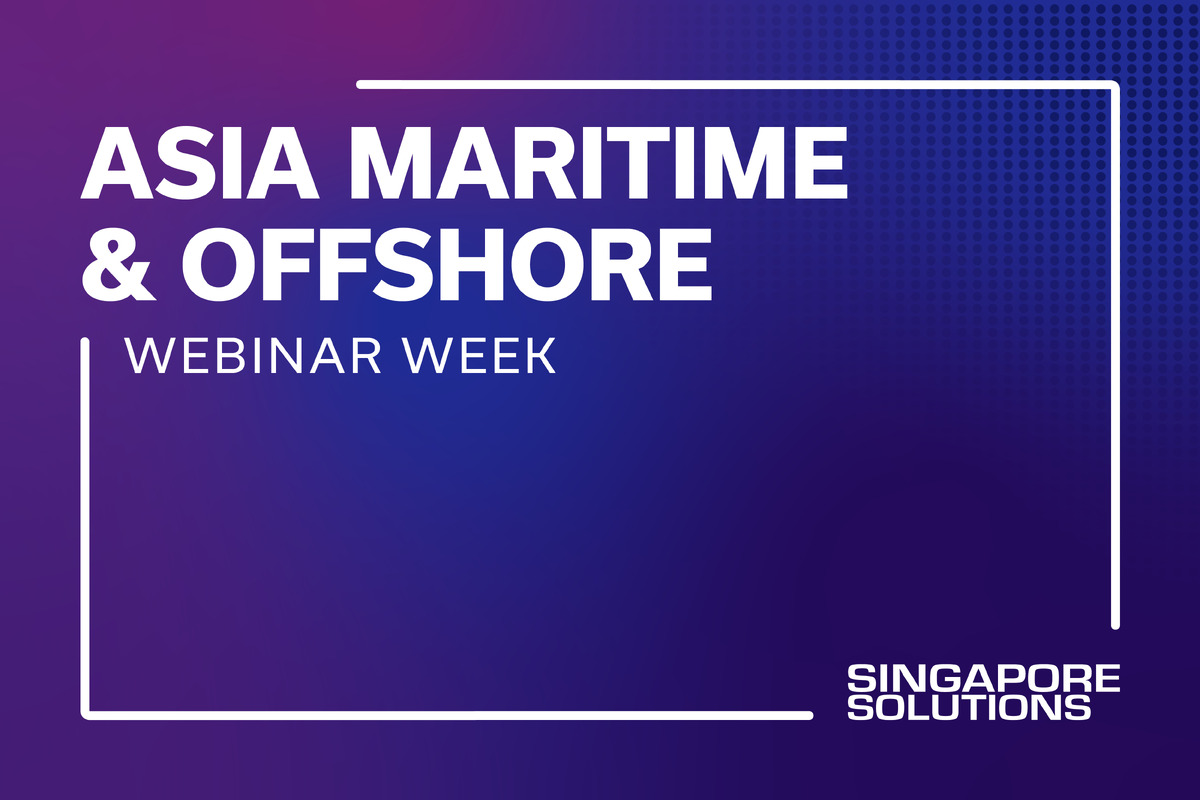Business Sectors
Contents
Register to read more articles.
MOL upgrades fleet connectivity to accelerate digitalisation strategy
Satellite communications hardware and services will be modernised on fleets of LNG and oil tankers and car carriers owned by a major Japanese shipping group
Mitsui OSK Lines (MOL) has contracted Viasat subsidiary, Inmarsat Maritime, to upgrade satellite communications on its ships to turn them into floating operations centres.
Inmarsat will convert existing Fleet Xpress (FX) services on LNG carriers, oil tankers and car carriers to its NexusWave hybrid connectivity to help MOL accelerate its digitalisation strategy.
JSAT Mobile Communications will be responsible for implementing and supporting the upgrades, enabling the ships to use multi-layered satellite communications services in one bonded connection.
“Our digitalised and connected ships are becoming floating operations centres and homes for our crews, and NexusWave will help keep them connected to high-speed internet and support our onboard digitalisation strategy,” said MOL chief digital and information officer Junichi Yoshiyama.
NexusWave combines geostationary orbit (GEO) and low Earth orbit (LEO) satellites for L-band and Ka-band communications, along with 4G/5G cellular networks.
Inmarsat Maritime president, Ben Palmer, said “NexusWave is an accelerator of maritime digitalisation and enabler of the floating office and floating home.”
In recent trials, NexusWave achieved download speeds of up to 330–340 Mbps, upload speeds of up to 70–80 Mbps, with average network availability exceeding 99.9%.
“Forward-thinking operators like MOL are drawn to the solution for its performance, robust capabilities, and the confidence that comes from working with a reliable maritime connectivity partner,” said Mr Palmer.
Viasat and Inmarsat plan to launch and commission new satellites to support NexusWave including a high-speed ViaSat-3 Ka-band network and I-8 L-band satellites.
Sign up for Riviera’s series of technical and operational webinars and conferences:
- Register to attend by visiting our events page.
- Watch recordings from all of our webinars in the webinar library.
Related to this Story
Events
Reefer container market outlook: Trade disruption, demand shifts & the role of technology
Asia Maritime & Offshore Webinar Week 2025
Marine Lubricants Webinar Week 2025
CO2 Shipping & Terminals Conference 2025
© 2024 Riviera Maritime Media Ltd.














